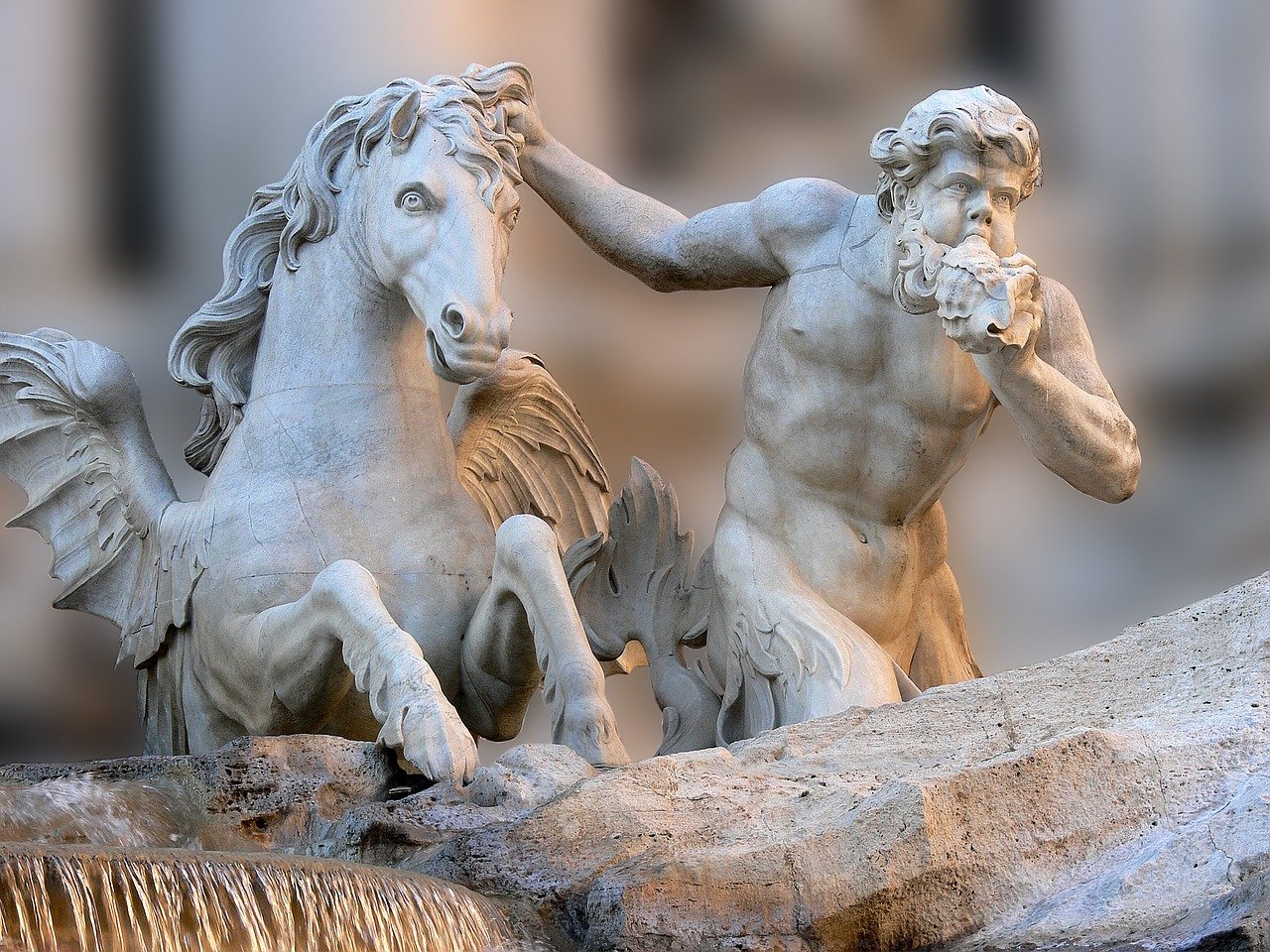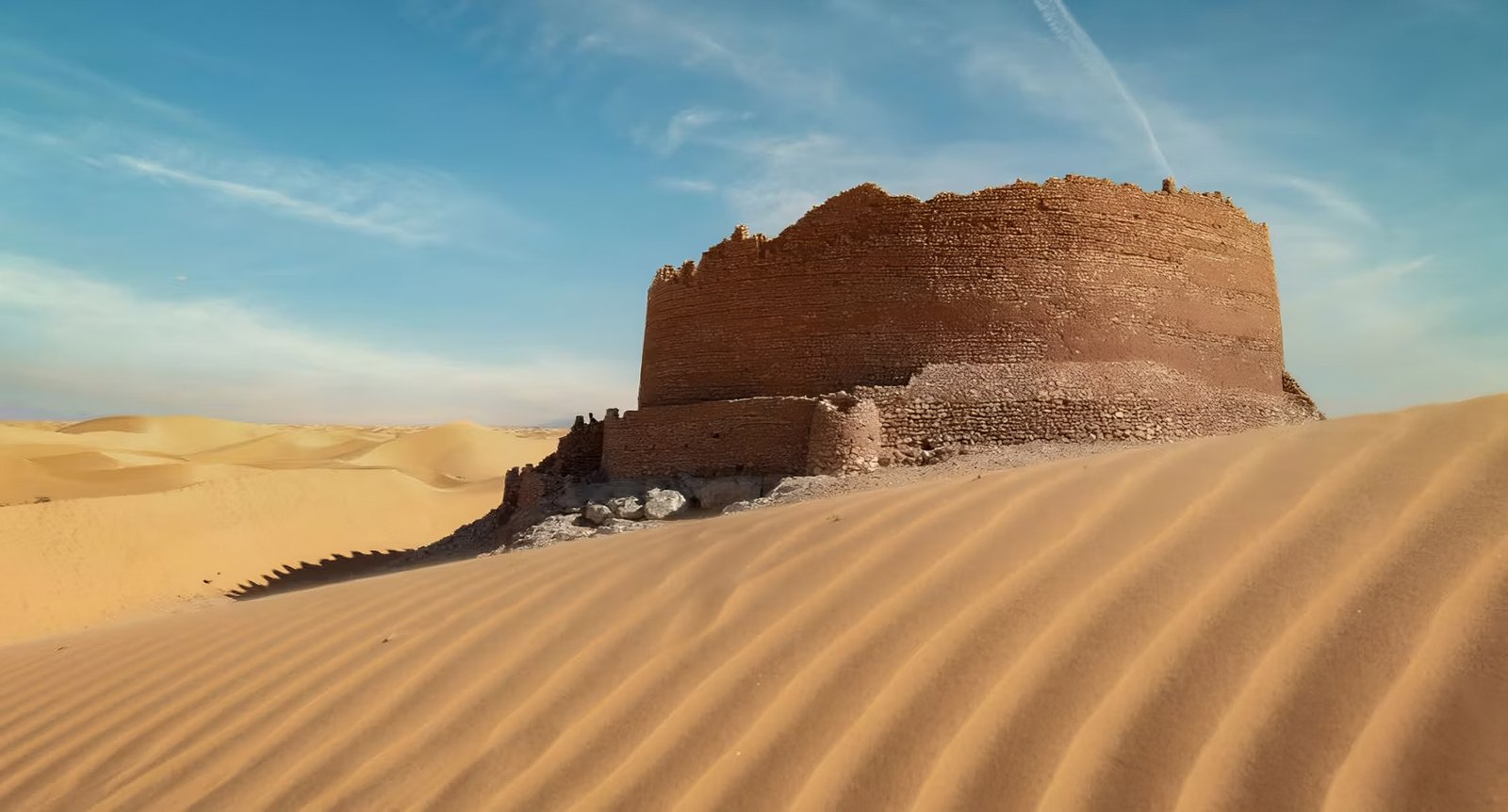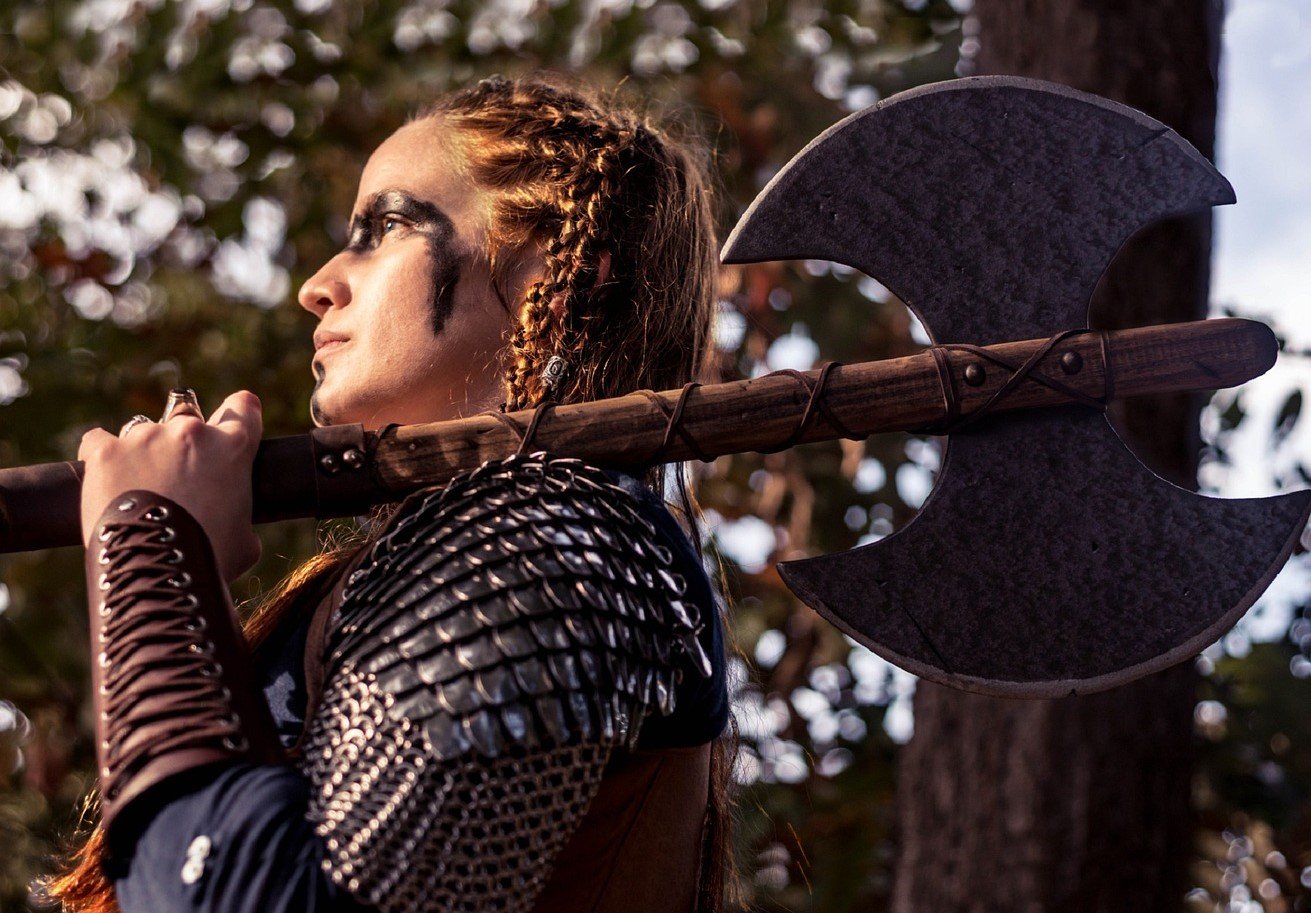The realm of Greek mythology is teeming with fantastical creatures, each possessing unique attributes and playing significant roles in the intricate tapestry of ancient Greek narratives. These beings, often depicted as half-human, half-animal, or entirely otherworldly, embody the profound imagination and storytelling traditions of the ancient Greeks.
Their Enduring Presence in Modern Culture
Greek myths aren’t just old stories. Creatures from these tales still amaze people everywhere. They shape art, books, and movies, especially in today’s fantasy and sci-fi. Why do we love them? They mix excitement, magic, and a bit of scare. But they also show us a mirror of ourselves and the issues we face in society.
Half-Human, Half-Bird Greek Mythology Creatures

Among the most captivating of Greek mythology creatures are those that transcend the boundaries between human and animal, embodying both the terrestrial and the aerial. These half-human, half-bird beings represent a fascinating fusion of physical and spiritual qualities, often embodying themes of transformation, duality, and the allure of the skies.
Harpies: The Winged Harbingers of Chaos
Harpies, depicted as winged women with sharp claws and ravenous appetites, were often associated with storms, death, and divine retribution. Their presence was believed to signal misfortune and chaos, and their role as snatchers of the dead added to their fearsome reputation.
Icarus: The Tragic Tale of Hubris and Flight
Icarus, the son of Daedalus, is perhaps the most famous half-bird creature in Greek mythology. His tragic tale serves as a cautionary reminder against hubris, the excessive pride that leads to one’s downfall. Icarus, gifted by his father with wings made of feathers and wax, attempted to soar too close to the sun, causing the wax to melt and sending him plummeting to his death.
Sirens: Enchanting Singers of the Sea
Sirens, with their enchanting melodies and alluring beauty, were known to lure sailors to their doom on treacherous rocks. Their songs, said to be irresistible, promised a world of pleasure and delight, but their true intention was to ensnare and devour unsuspecting mariners.
The Realm of Greek Mythological Monsters
Greek mythology is not only home to half-human, half-beast creatures but also to terrifying monsters that represent the untamed forces of nature and the darker aspects of human nature. These monstrous beings, often depicted as grotesque or fearsome, embody the challenges and dangers faced by humanity.
Minotaur: Labyrinth’s Frightening Inhabitant
The Minotaur, a half-man, half-bull creature, was confined to the labyrinthine depths of the Knossos palace, a symbol of the beast within us all. His monstrous form and insatiable hunger represent the destructive power of uncontrolled desires.
Medusa: The Gorgon with Snake-Haired Horror

Medusa, the Gorgon, was a fearsome creature with serpent hair, whose gaze could turn onlookers to stone. She represents the petrifying power of fear and the consequences of transgression.
Cyclops: One-Eyed Giants of Ancient Greece
Cyclopes, with their single, powerful eye, were brutish giants who symbolized the raw and untamed forces of nature. Their encounter with Odysseus in Homer’s Odyssey highlights the challenges faced by humans in a world governed by such primal beings.
Sphinx as a Greek Mythology Creatures
The Sphinx, a creature with the body of a lion and the head of a human, guarded the gateway to Thebes, challenging passersby with riddles. Her enigmatic presence represents the challenges of intellectual inquiry and the importance of solving puzzles to advance in life.
Sphinx Riddles: Unraveling the Mystery
The Sphinx is known for a tricky question: “What walks on four legs in the morning, two legs at noon, and three legs in the evening?” Oedipus solved it with the word “human”. His answer shows how the Sphinx kept wisdom and how cracking such puzzles can change things.
Thebes’ Sphinx: Oedipus and the Enigmatic Beast
The encounter of Oedipus with the Sphinx is a pivotal moment in his life as Oedipus is able to solve her mystery and is crowned king of Thebes. However the victory is not without a price and he is unaware of the prophecy about killing your father, and then marrying her mother.
The Great Sphinx of Giza: A Cross-Cultural Icon
The Sphinx as a Greek Mythology Creatures has been described as a mythological creature and legend The Great Sphinx of Giza stands as a concrete reminder of the symbolism and power associated with these mysterious creatures. This iconic landmark continues to be awe-inspiring and captivating amazement, as a testimony to the power of mythology to endure.
Sphinx in Different Cultures

The Sphinx isn’t just a part of Greek Mythology Creatures. Similar images are seen in many other cultures across the world. In Egyptian mythology The Sphinx is depicted as the seated lion wearing a skull that is human. It is usually a reference to the guardianship of royal families and the enviable distinction of being a prince. In the instance of Giza, The Great Sphinx of Giza is the most well-known instance of this Egyptian representation from the Sphinx.
In Mesopotamian mythology, there are numerous Sphinx-like creatures, including Lamassu, a winged bull that is human-sized, and has a head. The Apkallu is a caring and wise creature with a human head and wings like an eagle, and the body of an Lion.
The Sphinx motif is also seen in a variety of forms in art as well as in literature and architecture throughout the ages. In Renaissance art The Sphinx was frequently used as an image for wisdom and mystery, whereas in contemporary literature, it is depicting the difficulties and dangers of confronting one’s inner monsters.
The Significance of Greek Mythology Creatures
Greek Mythology Creatures continue to amaze and inspire us in the present because they are a reflection of the depths of imagination as well as timeless themes of goodness and evil, beauty and ugliness, as well as the struggle to comprehend our place in the world. These mythical creatures serve as a reminder about the potential of stories to alter our perception of the world. They also remind us of the long-lasting appeal of legend and myth.
Centaurs: Wild and Wise Beings
Centaurs, sporting the head and torso that resembled humans and the body of a horse were complex animals that embodied the wildness of nature as well as the human mind. They were frequently depicted as warriors and archers who were skilled however, they can also be reckless and susceptible to violence.
Centaurs in Greek Mythology
Centaurs played a significant role in Greek Mythology Creatures, often appearing in tales of heroes and battles. They were associated with both chaos and wisdom, representing the duality of human nature.
In the myth of the Trojan War, centaurs fought on both sides of the conflict, reflecting their complex and unpredictable nature. Chiron, a wise and compassionate centaur, was the mentor of many heroes, including Achilles and Heracles.
Centaurs and Their Symbolism
Centaurs have been interpreted in various ways throughout history. They have been seen as symbols of primal instincts, the balance between human and animal nature, and the struggle to control one’s impulses.
In modern times, centaurs continue to appear in popular culture, often portrayed as noble and wise creatures, echoing their role in Greek mythology.
Conclusion
Greek mythology creatures have fascinated and inspired people throughout the centuries, their lasting appeal lies in their ability to evoke eternal themes. They reflect the human condition and instill awe amazement. Through their stories, we discover how we fit into the cosmic scheme We explore our desires and fears and broaden our horizons. In our ongoing interactions with these fantastical creatures We reaffirm the ability of stories to influence our worldview and the long-lasting appeal of legend and myth.
FAQS
What are some of the most common symbols associated with Greek mythology creatures?
Some of the most common symbols associated with Greek mythology creatures include:
The labyrinth: Represents the complexities of life, the challenges of facing one’s inner demons, and the search for self-discovery.
The snake: Symbolizes transformation, rebirth, and duality, representing both the positive and negative aspects of life.
The eye: Represents wisdom, insight, and the power of observation. The wings: Symbolize freedom, flight, and the ability to transcend limitations. The claws: Represent power, aggression, and the untamed aspects of nature.
What are some of the moral lessons that can be learned from Greek mythology creatures?
Greek mythology creatures can teach us a variety of moral lessons, including:
The significance of courage and overcoming one’s feelings. The dangers of hubris and excessive pride. The importance of wisdom and using knowledge wisely. The consequences of our actions and the need to take responsibility for our decisions. The importance of respecting the natural world and maintaining balance. The power of love, loyalty, and friendship.
How can I learn more about Greek mythology creatures?
Yes It is. There are a variety of ways to get more information about Greek mythology creatures, including studying the classic Greek epics, myths and stories such as of Homer’s Iliad as well as Odyssey as well as Hesiod’s Theogony. Viewing ancient Greek art and sculpture, which often depicts these creatures. Reading modern retellings and adaptations of Greek myths, such as Rick Riordan’s Percy Jackson series or Margaret Atwood’s The Penelopiad. watching TV and films that have Greek mythology creatures, like Clash of the Titans or 300. The museums as well as other historic sites which focus upon Greek mythology, like historic sites and museums focusing upon Greek mythology, for instance the Acropolis Museum, which is located in Athens and The Metropolitan Museum of Art in New York City.







1 thought on “Marvels of Greek Mythology Creatures”
Wow, superb blog structure! How long have you ever been blogging for?
you made running a blog look easy. The overall glance of your website is great, let alone the
content! You can see similar: najlepszy sklep and here ecommerce